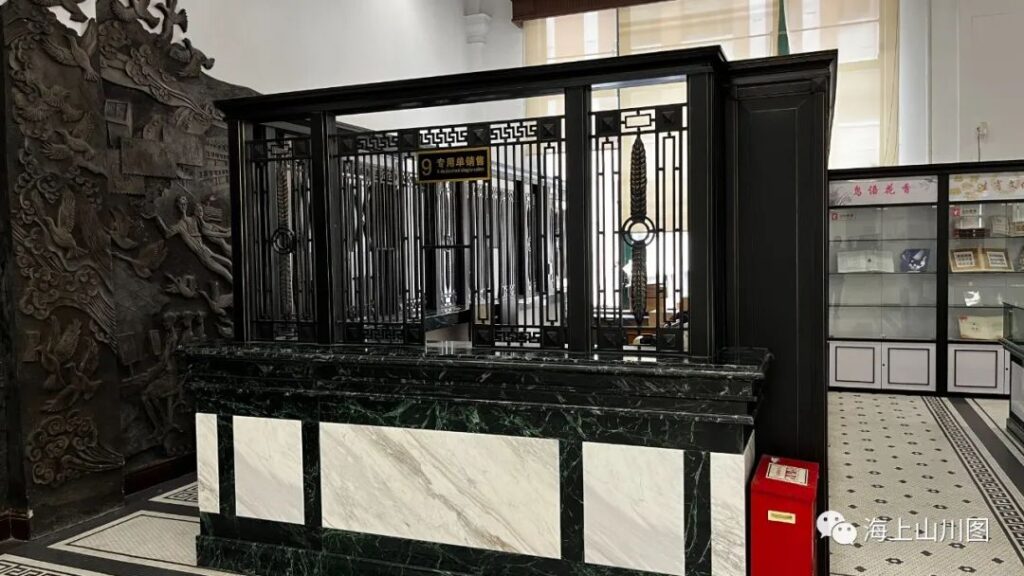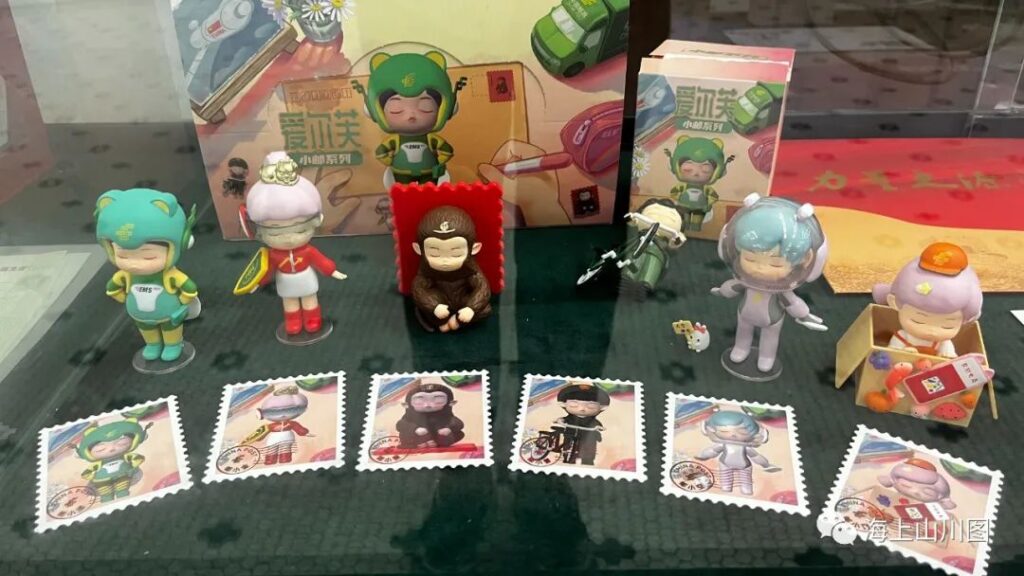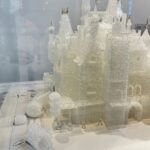On the northwest side of the Sichuan North Road Bridge over Suzhou Creek stands an imposing building. Its exterior facing Sichuan North Road and North Suzhou Road is made of stone, with rows of columns spanning the three-story space. The north wall facing Tiantonge Road is made of machine-made red bricks.
Above the main entrance at the intersection of Sichuan North Road and North Suzhou Road, a tall clock tower topped with a spire stands proudly. On either side of the tower are sculptural figures, though one needs to stand at a distance to see them clearly. The tower has a green dome, with the Chinese flag flying atop it.
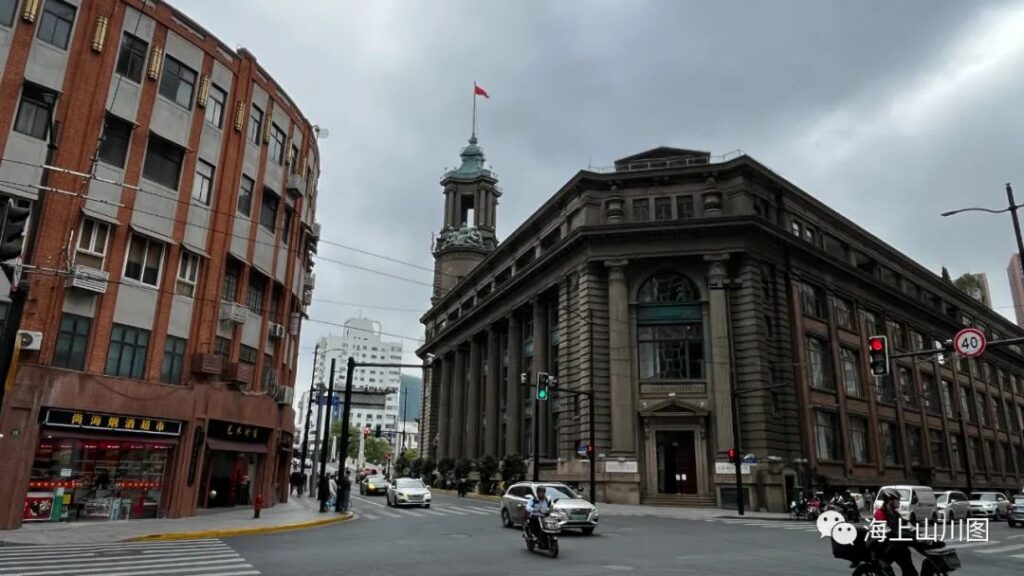

Between the second and third floors above the main entrance, two lines of gold-plated characters read “Shanghai Postal Museum” and “Jiang Zemin” in Chinese. These were inscribed by Jiang Zemin for the Shanghai Postal Museum on October 20, 2004. The Shanghai Postal Museum is housed within this grand building.
This building has witnessed the development of China’s postal service, as well as its contraction and transformation in the new era.
In the late Qing Dynasty, modern postal services were born in China. As postal operations expanded, construction of the new Shanghai General Post Office building began in December 1922 at the north end of Sichuan Road Bridge. The building was designed by British architects Stewardson and Spence, with construction contracted to the Chinese firm Yu Hung Kee. The Shanghai General Post Office building was completed in November 1924 and officially opened for business in December of the same year.
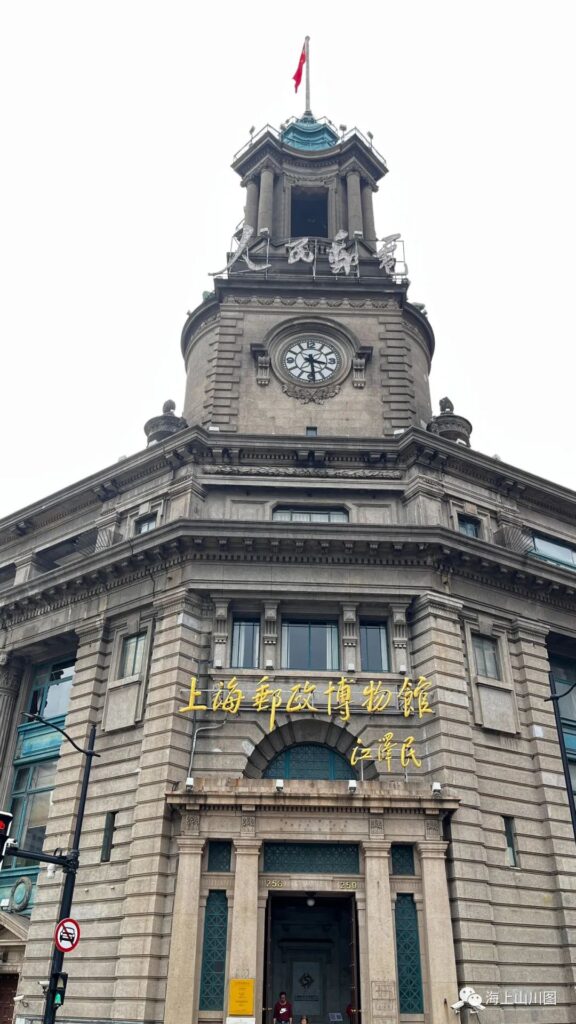
After the liberation, the building continued to serve as the headquarters for postal operations. In 2003, the Shanghai Postal Bureau undertook a restorative renovation of the Shanghai Postal Building using its own funds. Simultaneously, they planned to allocate 2,800 square meters on the second floor of the northern section for the Shanghai Postal Museum’s thematic exhibition, which is what we see today.
The Shanghai Postal Museum is China’s first provincial-level postal industry museum. According to Baidu Encyclopedia, the museum consists of four parts: the first-floor atrium exhibition area, the second-floor main exhibition area, a rooftop garden, and a ground floor atrium scene exhibition hall. I visited in April this year while exploring Sichuan North Road, but at that time, only the second-floor main exhibition area was open. The first-floor atrium, rooftop garden, and ground floor atrium scene exhibition hall were all closed.
On either side of the main entrance are two massive Corinthian columns. On the square bases of these columns are the words “SHANGHAI POST MUSEUM” in English on the left and “上海邮政博物馆” (Shanghai Postal Museum) in Chinese on the right. Below the Chinese name on the right is a mailbox with a green patina, bearing the words “Printed Matter and Letters” in Chinese.
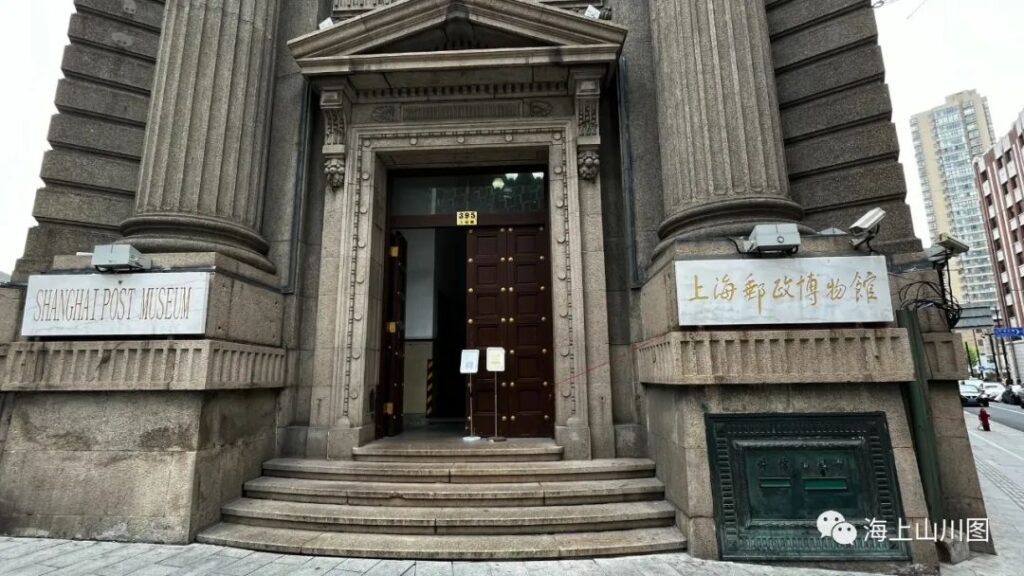
Ascending the steps and passing through the main door, visitors first enter a small semicircular vestibule. On either side of the vestibule are curved staircases leading to the second floor. Although the vestibule is not large, the decorative patterns on the ceiling are quite attractive. The floral motifs in light pink-green and light pink-red colors appear very elegant against the white walls. On the stone wall in the middle of the staircase, the words “China Stamp and Coin Exchange Center” are displayed.

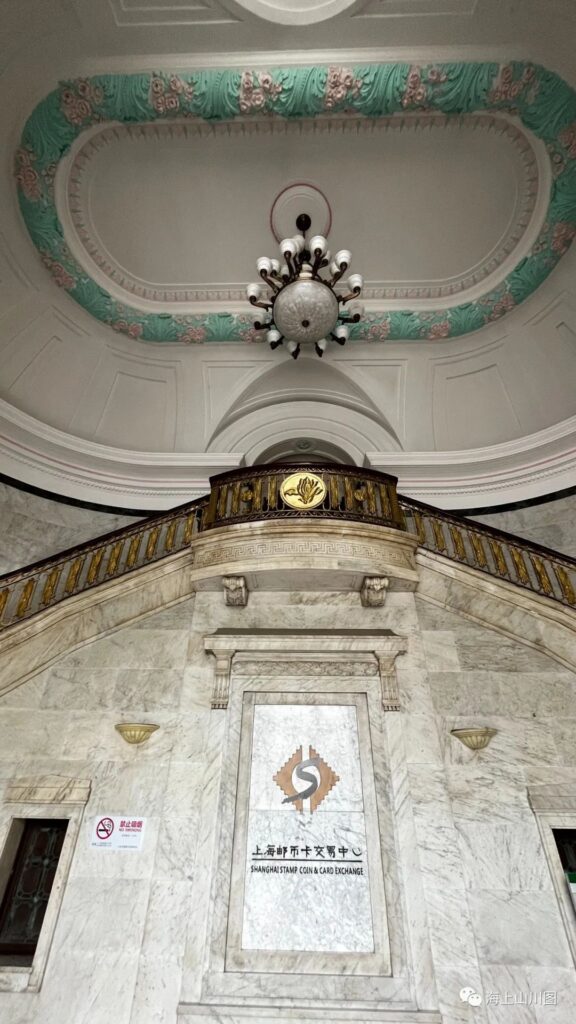
Upon reaching the second floor, visitors enter the spacious hall that once housed postal services and the stamp and coin exchange center.
I had visited this place before when postal services were not as quiet as they are today, and the stamp and coin exchange market was bustling. At that time, the entire hall was very crowded. Now, it’s eerily quiet. Rows of postal service counters have been shut down, with only one window still open, though no staff or customers were visible. The large space on the left side of the hall, which used to be the stamp and coin exchange center, is now empty.
Through a row of windows on the left side, one can see the atrium. Surrounded by four floors, the atrium contains two green badminton courts. At the end of the courts, there’s a space displaying a horse-drawn carriage, a car, and what appears to be a train compartment. This is likely the atrium’s scene exhibition.
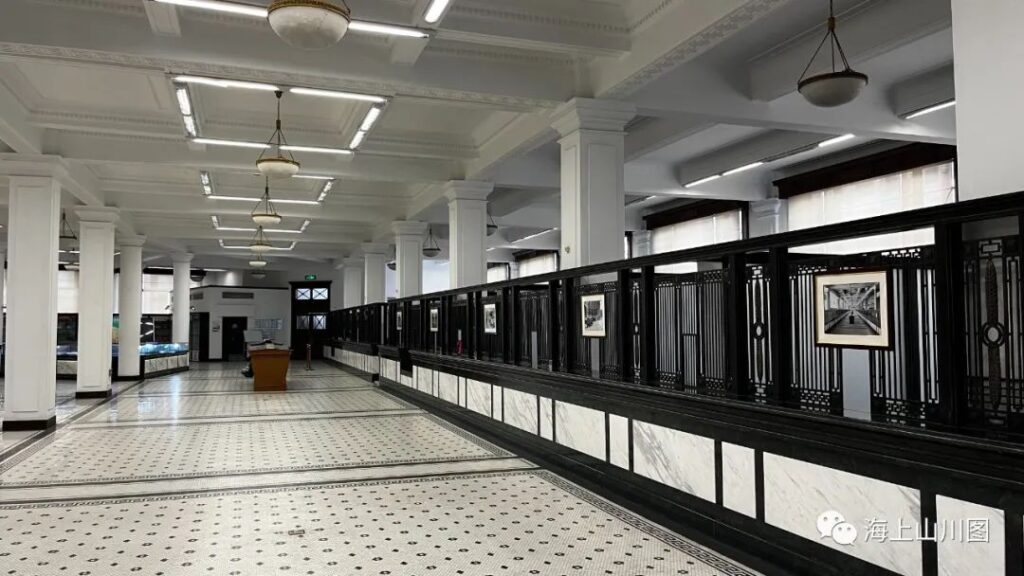
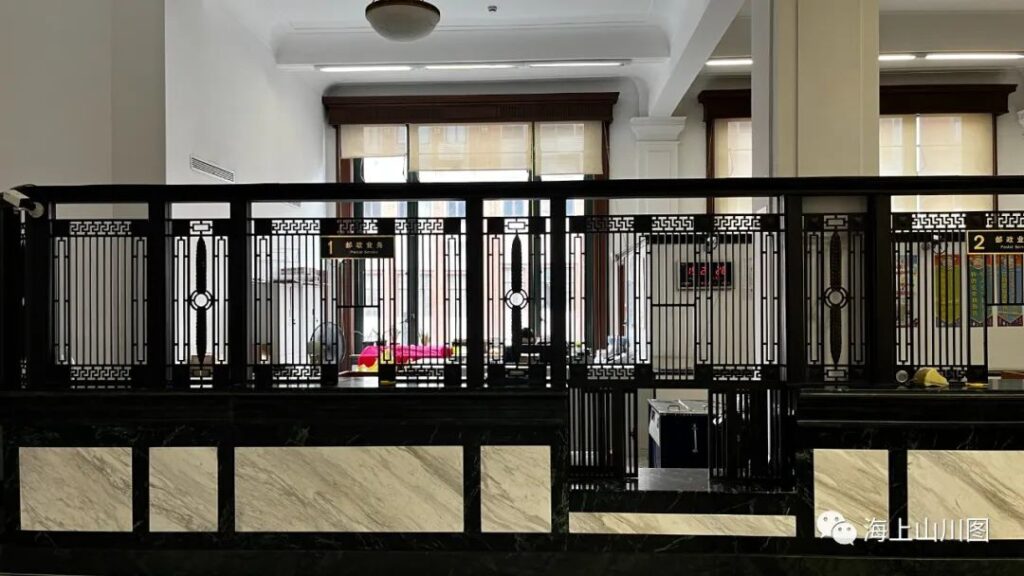

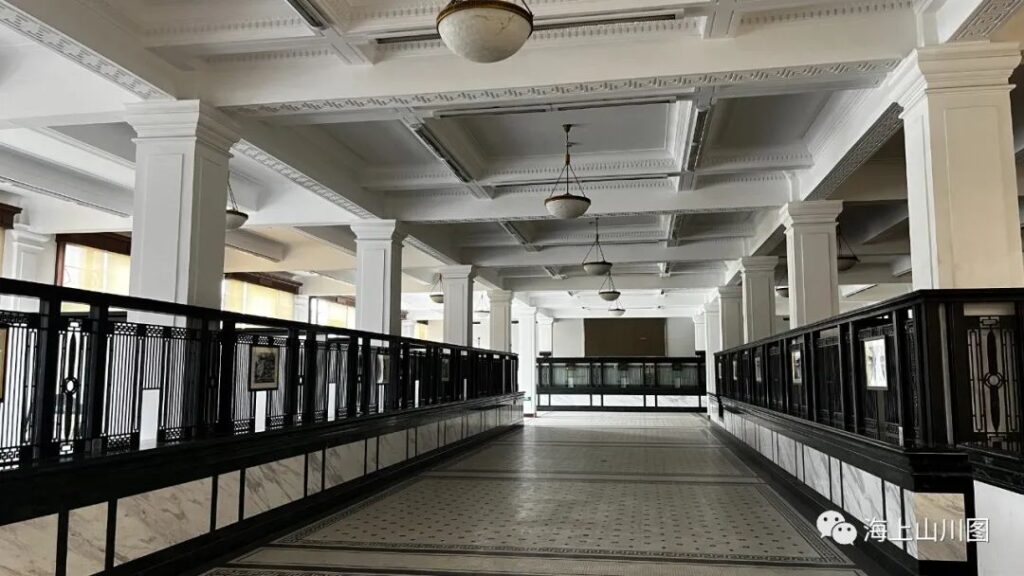
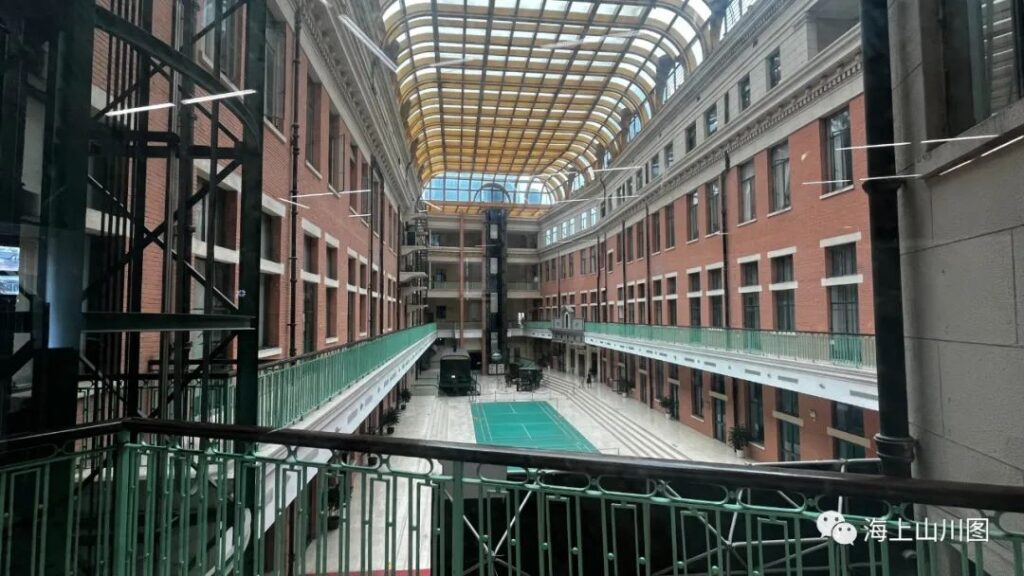
The Postal Museum’s exhibition area is located at the far end of the second-floor hall. Above the double doors, an inscription reads “Develop Modern Postal Services to Meet Social Needs – Jiang Zemin” in three lines. Passing through these doors, visitors once again see Jiang Zemin’s calligraphy of “Shanghai Postal Museum.” The exhibition lies beyond this point.
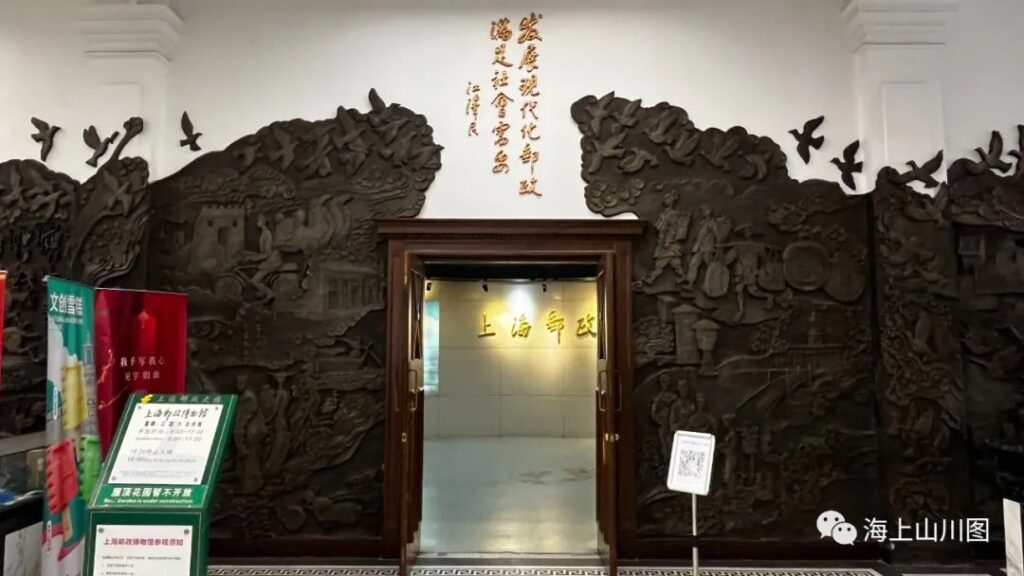
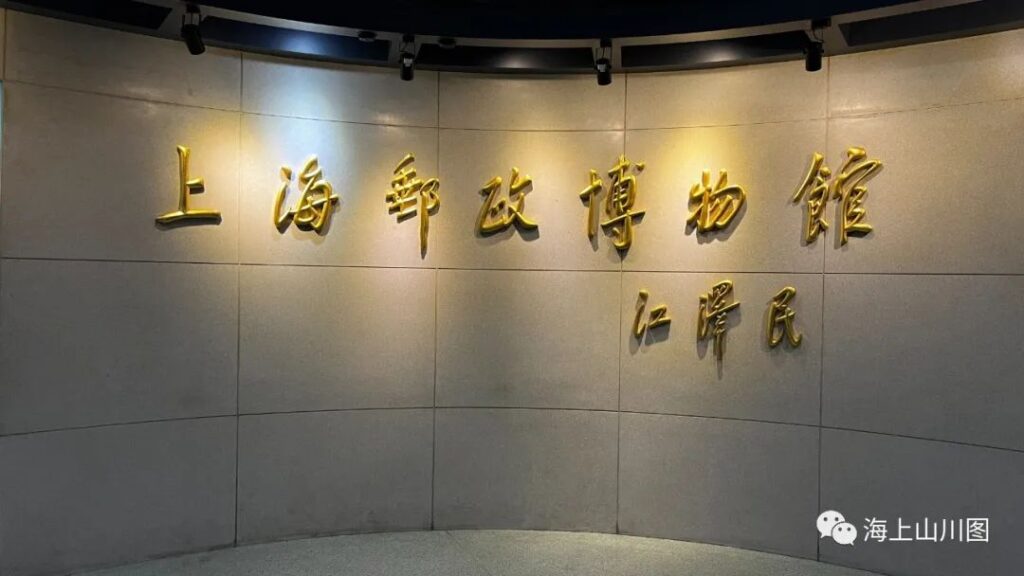
The exhibition primarily narrates the history of ancient communication, the development of modern postal services, and the current state of postal operations. It displays many industry-used mailboxes and tools, and introduces evolving postal technologies. There’s a dedicated area in the exhibition hall introducing Zhu Xuefan and his contributions to the postal and telecommunications industry.
During my visit, there was a clear notice at the entrance prohibiting photography. There weren’t many visitors in the exhibition hall, and some were taking photos of physical exhibits as souvenirs. No staff members were visible to enforce the no-photography rule. I couldn’t resist taking a few quick snapshots, but due to the warning, I didn’t dare to take many photos. Consequently, I don’t have many pictures of the exhibition hall’s interior, making it difficult to review the exhibition’s content based on photos.
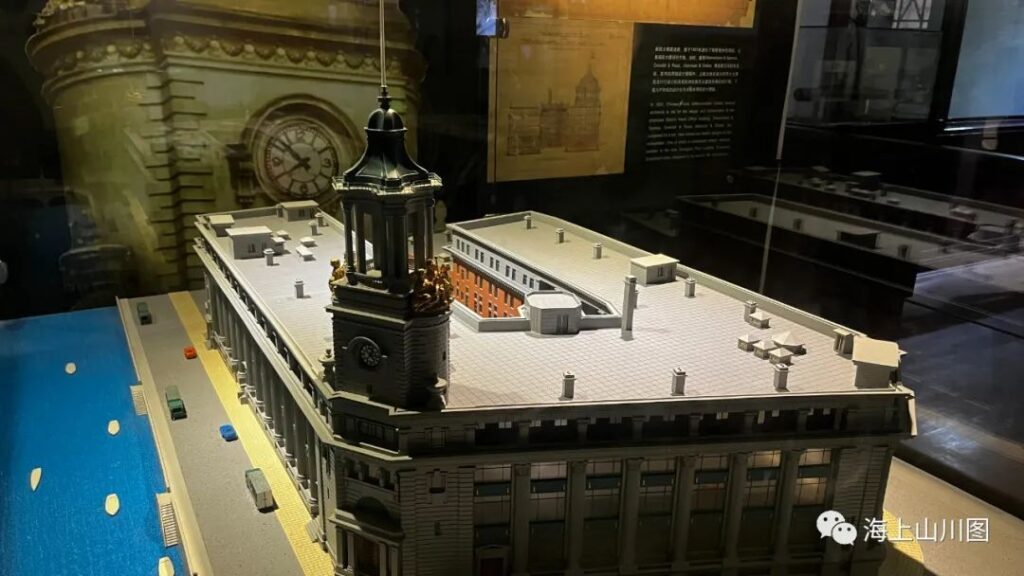

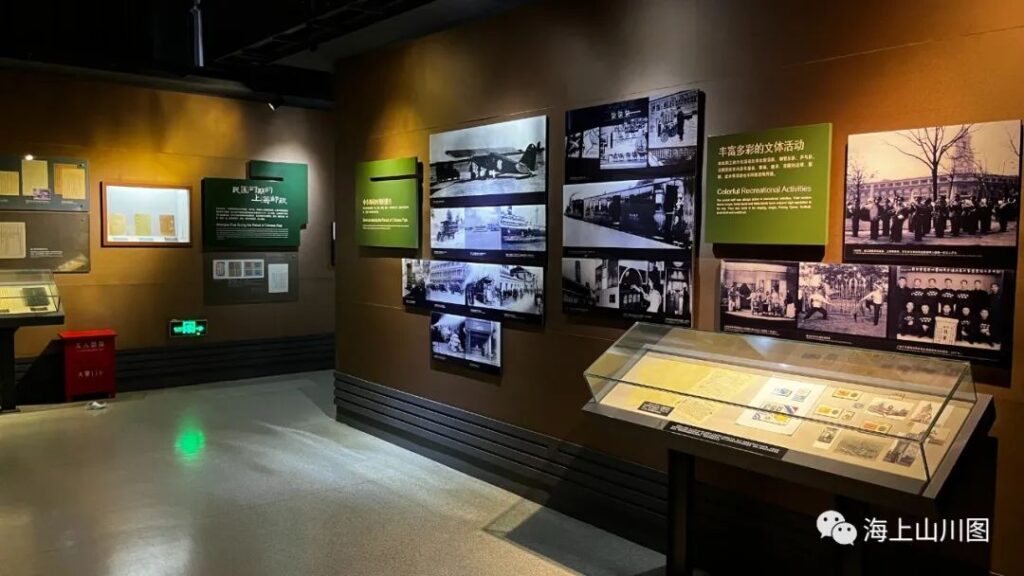

For someone like me with a not-so-great memory, museums that prohibit photography are quite unfriendly. If one of the main functions of a museum is to disseminate knowledge and introduce history, why can’t people “take away” this knowledge and history through photographs?
Nevertheless, this old building itself is worth visiting. Not only can visitors admire its exterior, but they can also enter the second-floor interior space, catch a glimpse of the inner courtyard through glass windows, and learn about the development of postal services through the Postal Museum’s exhibition.
